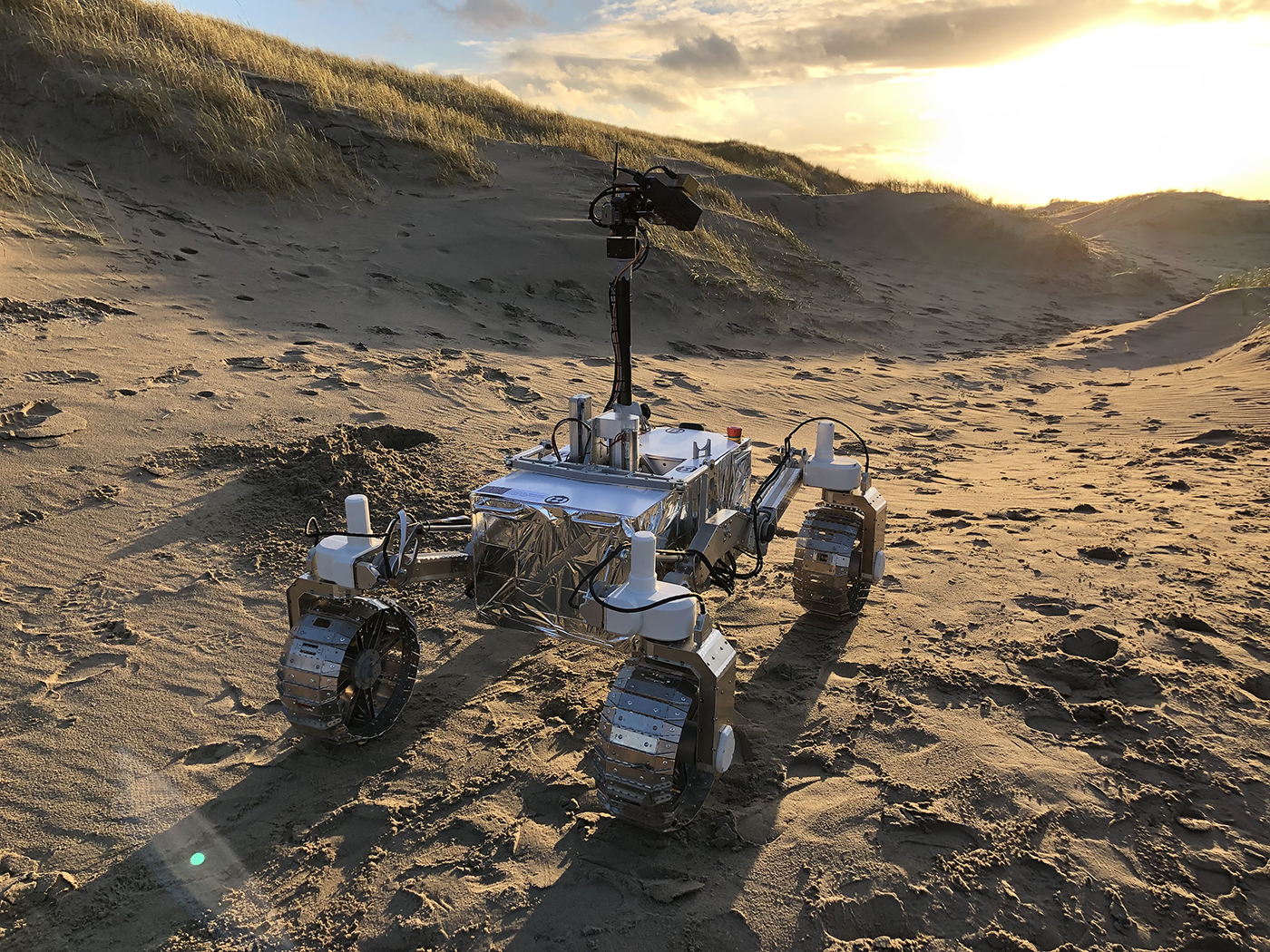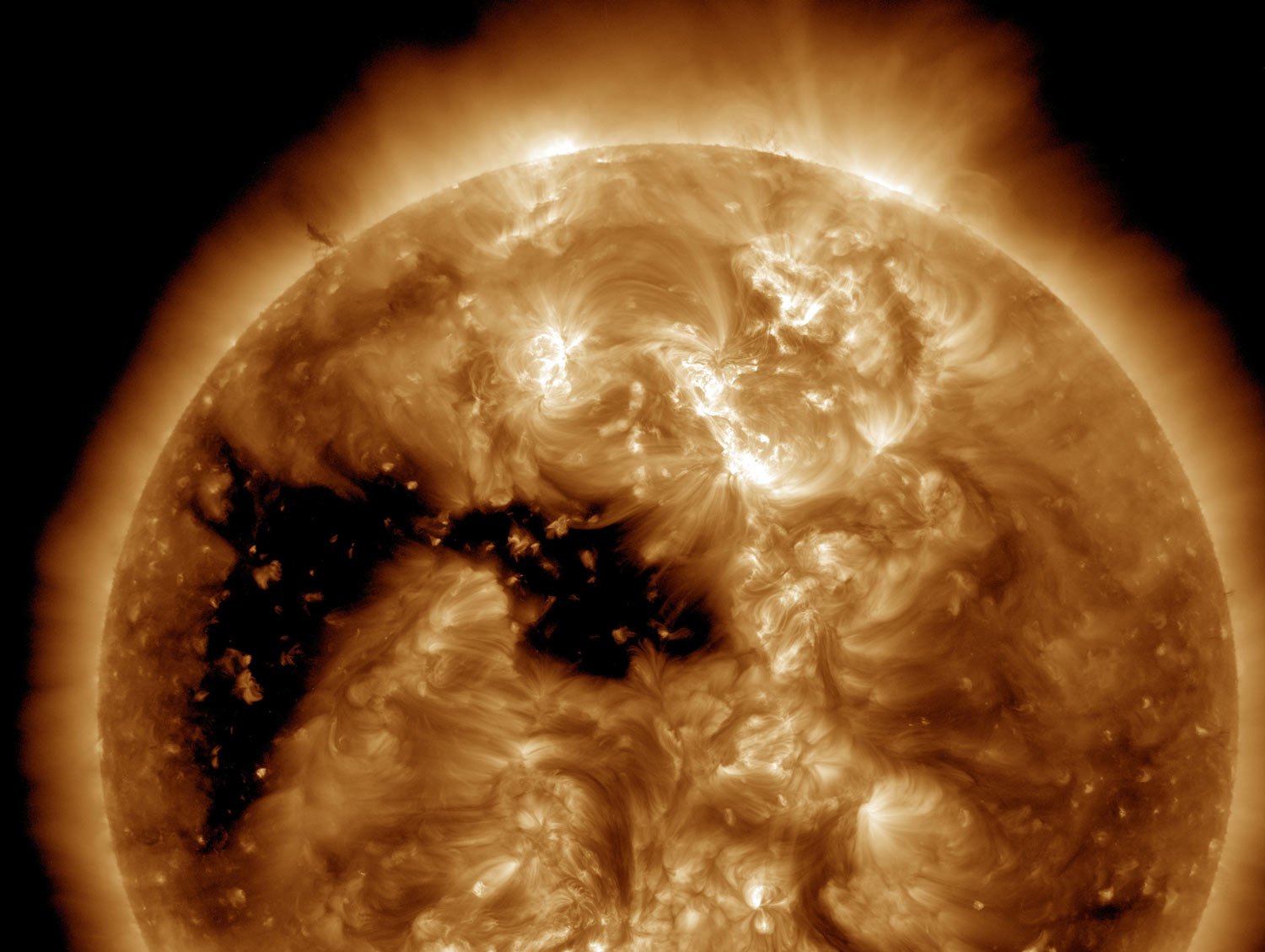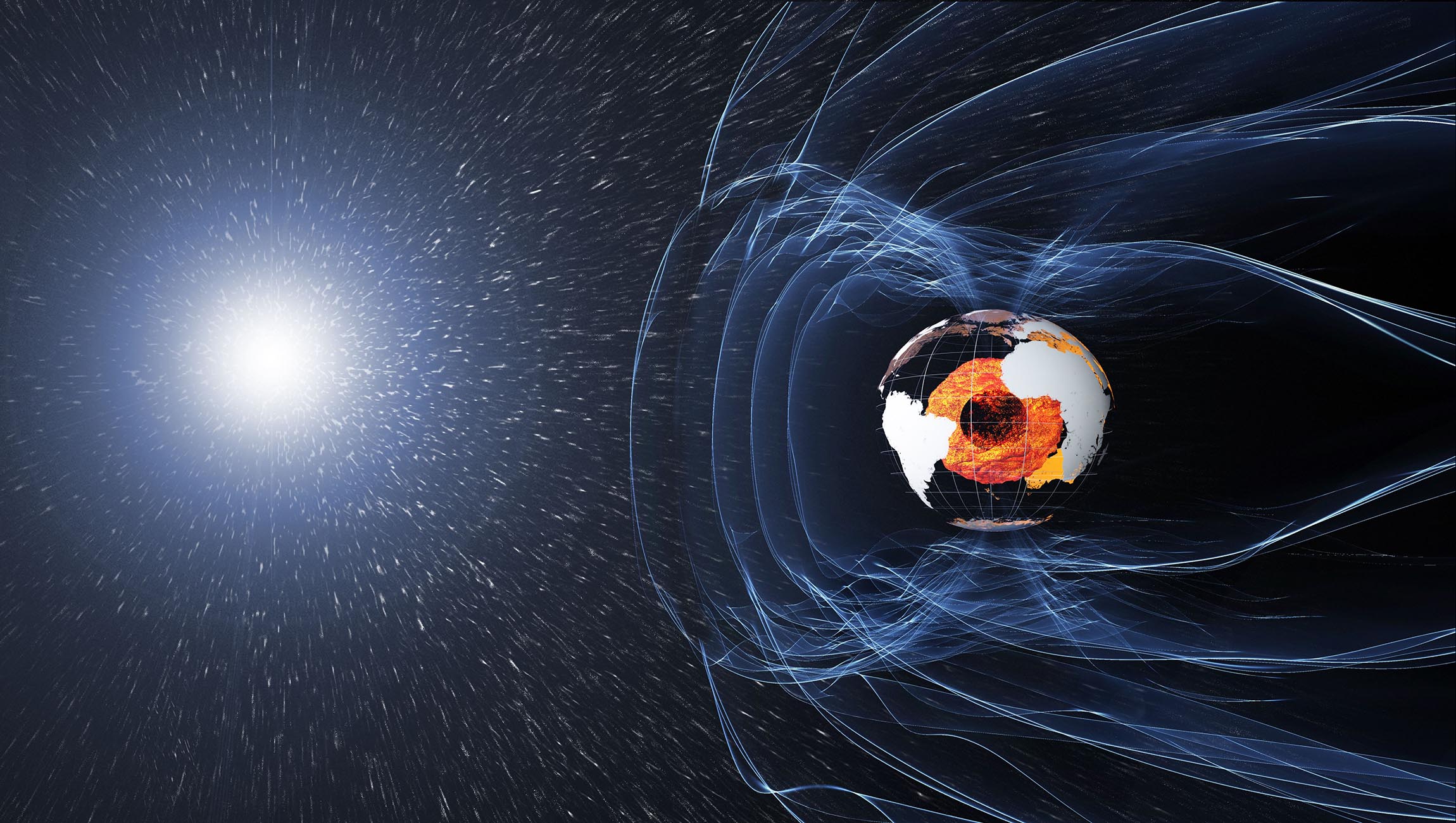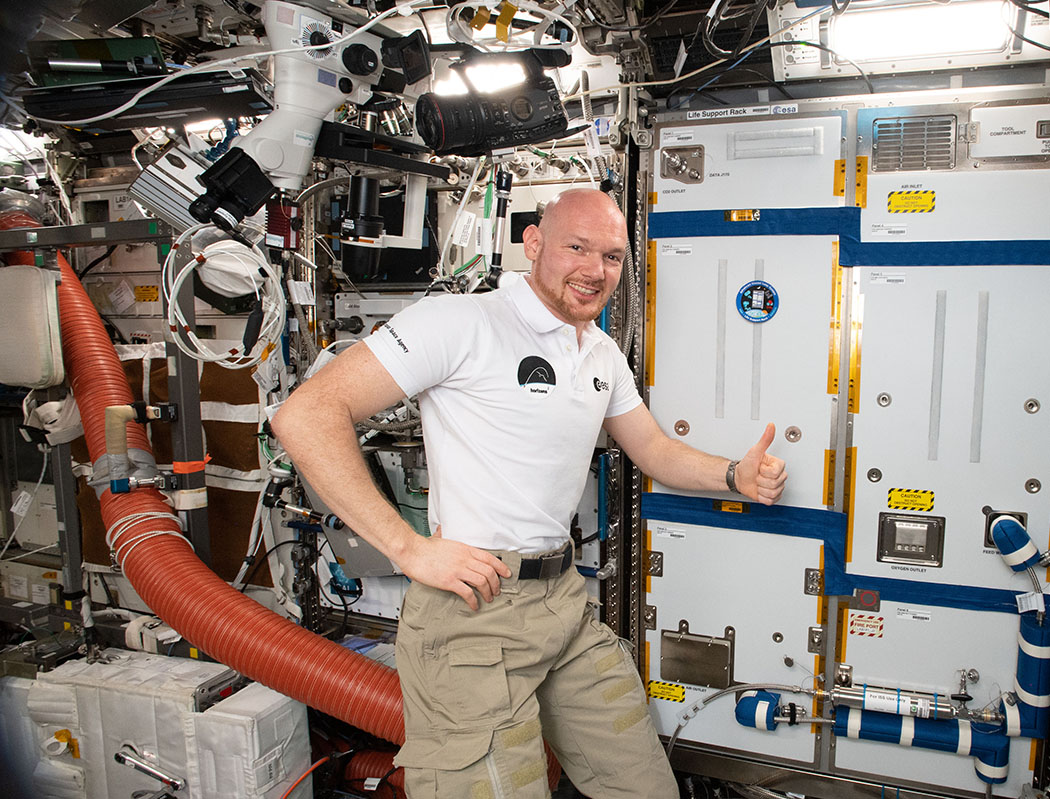The moon’s water: where did it come from – and where did it all go?
Fragments of moon rock brought back from the lunar surface by astronauts on the Apollo space missions are providing new insights about where our planet’s life-giving water came from. The next time you take a sip of water, take a moment to consider where it has come from. It may have travelled from a local … Read more






